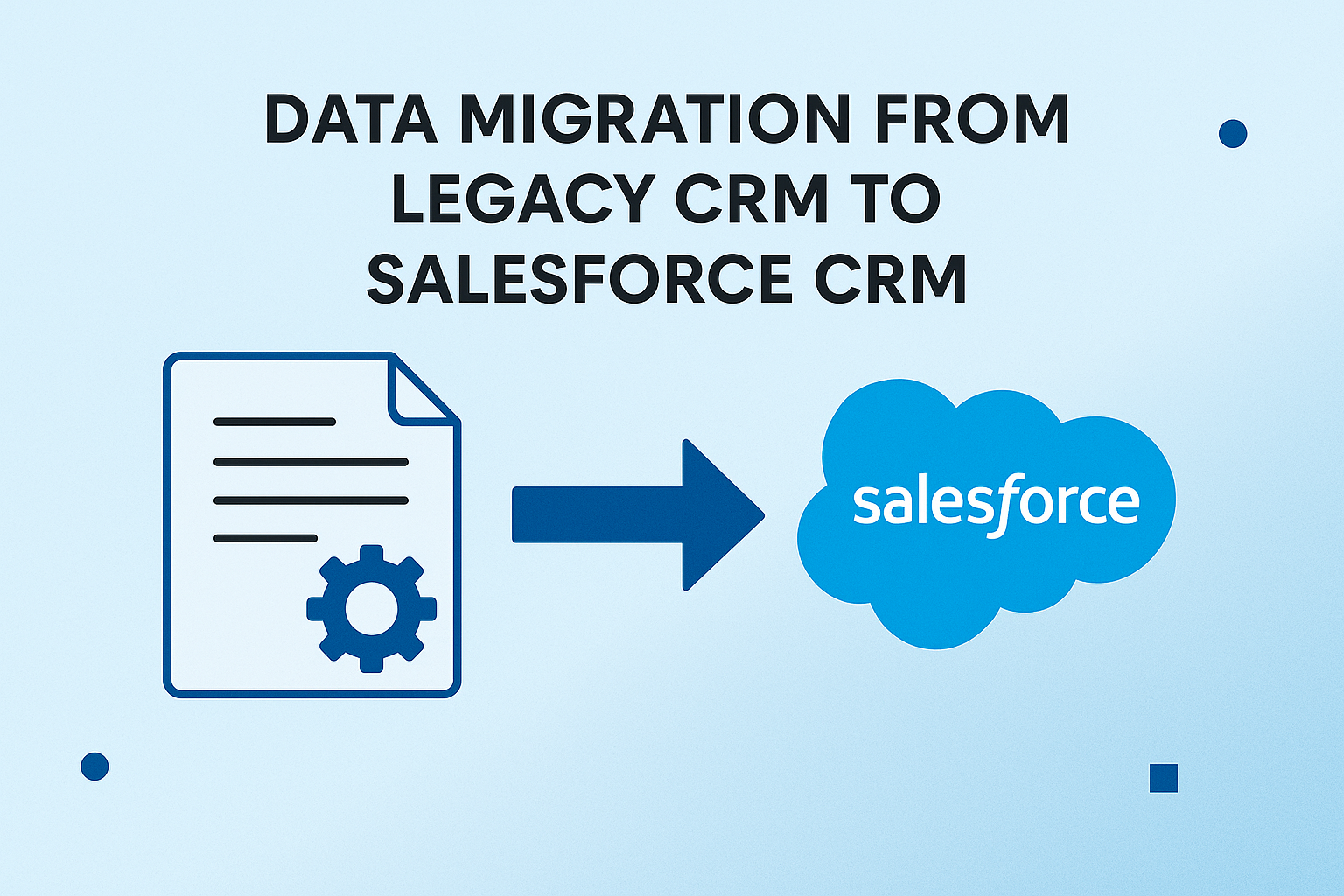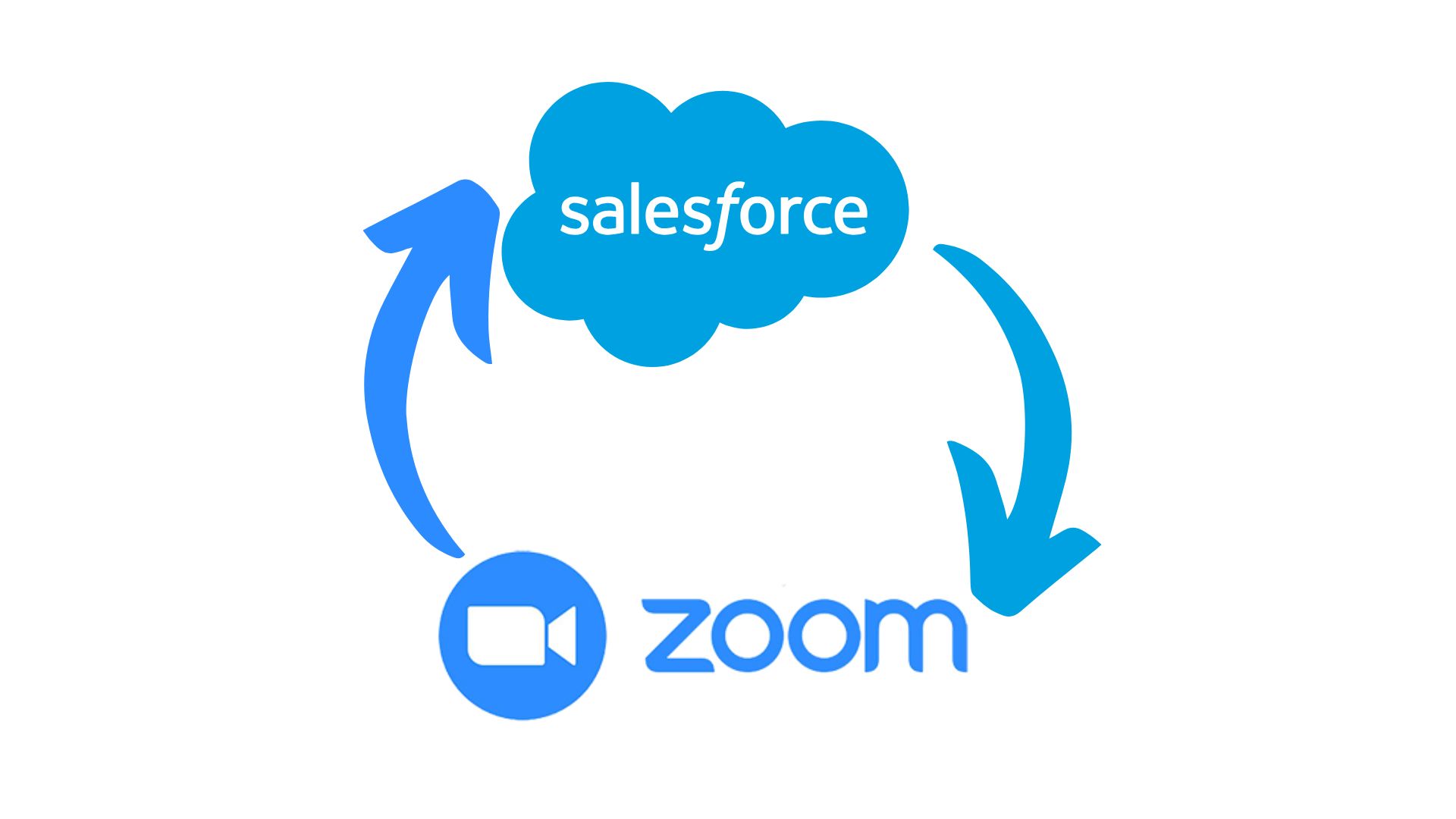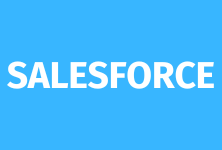Data Migration Guide for Nonprofits: From Legacy CRM to Salesforce CRM

For many nonprofits, legacy CRM systems have long been the backbone of donor tracking, program management, and stakeholder engagement. But as needs grow and digital maturity increases, these older platforms often become bottlenecks. Whether it's limited automation, siloed data, or the inability to scale, migrating to a modern CRM like Salesforce can unlock powerful new capabilities.
This guide walks you through everything a nonprofit needs to know when planning a successful data migration from a legacy CRM to Salesforce CRM.
Why Nonprofits Switch to Salesforce CRM
Before diving into the migration steps, it’s important to understand why Salesforce stands out:
- Purpose-built for Nonprofits: With the Nonprofit Success Pack (NPSP) and industry-specific solutions, Salesforce is tailored for mission-driven work.
- Unified Data View: Connect fundraising, programs, volunteers, and supporters in one place.
- Scalable and Customizable: Whether you're a small grassroots org or a global NGO, Salesforce scales with you.
- Automation and AI: Automate repetitive tasks and gain insight into donor trends, volunteer engagement, and campaign performance.
- Integration-Ready: Easily connects with email marketing, donation platforms, and accounting systems.
Step-by-Step Migration Plan
1. Define Your Migration Goals
Start by identifying what success looks like. Are you looking for better donor segmentation? Faster reporting? More automation? Clear goals help define the data to migrate and shape your configuration needs.
Pro tip: Involve stakeholders from fundraising, operations, programs, and IT early.
2. Audit and Clean Your Legacy Data
This step can’t be skipped. Over time, CRM data tends to become messy—duplicates, outdated contact info, inconsistent formats.
- Create a data cleanup checklist:
- Remove inactive records
- Standardize naming conventions
- Validate contact information
- Merge duplicate entries
A clean dataset ensures smoother migration and better outcomes post-move.
3. Map Legacy Data to Salesforce Objects
This is where you define how your legacy CRM data fits into Salesforce’s structure. For nonprofits using NPSP, typical mappings include:
| Legacy CRM Field | Salesforce Object |
| Donor Name | Contact |
| Organization Affiliation | Account |
| Donation History | Opportunity + Payments |
| Volunteer Hours | Custom Object or Campaigns |
| Email Preferences | Contact Preferences |
Make sure custom fields in your legacy CRM are accounted for in Salesforce, either through standard fields or custom development.
4. Choose a Migration Approach
There are two primary strategies:
- Big Bang Migration: Move everything at once. Best for smaller datasets or when legacy systems are being decommissioned quickly.
- Phased Migration: Move one module at a time (e.g., donors first, then volunteers). Safer and less disruptive, especially for large orgs.
Many nonprofits opt for phased migration to minimize risk.
5. Use the Right Migration Tools
- Depending on your team’s technical expertise, you can choose from:
- Salesforce Data Import Wizard – For basic, manual imports (contacts, accounts, opportunities).
- Salesforce Data Loader – More advanced, for bulk imports with complex relationships.
- Third-party Tools – Such as Talend, Informatica, or MuleSoft for large-scale or custom data migration.
- Salesforce Partners – Certified experts who manage end-to-end migration for nonprofits.
6. Validate and Test Thoroughly
Once data is imported, testing is critical:
- Are the records correctly mapped?
- Do donation histories match?
- Are email preferences intact?
- Are campaign records linked to the right contacts?
Create test scenarios and user acceptance testing (UAT) to validate data accuracy and CRM behavior.
7. Train Your Users
Even the best migration can fail if users aren’t trained. Offer workshops, how-to guides, and 1:1 onboarding sessions. Highlight what’s new, what’s improved, and how to make the most of Salesforce CRM.
8. Go Live and Monitor
After final validation, it’s time to go live. Keep a close eye on user activity, performance, and any data inconsistencies. Have a support plan ready for the first few weeks.
Common Challenges Nonprofits Face During CRM Migration
- Legacy data complexity – Custom fields, inconsistent formats, missing links
- Underestimating cleanup time – Data quality issues can delay go-live
- Change resistance – Staff may be hesitant to adopt new tools
- Lack of internal expertise – Migration requires technical and functional understanding
Best Practices for a Smooth Migration
- Start with clean, purposeful data
- Prioritize data that supports your mission
- Involve end-users early and often
- Document everything: field mappings, processes, decisions
- Partner with experts if internal bandwidth is limited
Final Thoughts
A successful data migration from legacy CRM to Salesforce is more than a technical task—it’s a strategic transformation. With the right planning and tools, nonprofits can unlock real-time reporting, donor intelligence, and the agility needed to grow impact.
If you're considering the move, don't go it alone. A Salesforce Nonprofit Partner can guide you through data strategy, field mapping, tool selection, and post-migration optimization.
Note: IndiBlogHub features both user-submitted and editorial content. We do not verify third-party contributions. Read our Disclaimer and Privacy Policyfor details.







